For Iranian and millions of people across the silk road, Nowruz is no small celebration. Persian new year comes with fire festivities, delicious meats, rice and spices, family gatherings, street dances and loud banging on pots.
But still yet to come. Nowruz “promotes values of peace and solidarity between generations and within families,” the United Nations says. It’s a time of reconciliation and neighborliness, “contributing to cultural diversity and friendship among peoples and different communities.”
Here we listed 10 amazing facts about the Iranian new year – Nowruz
1- What is Nowruz?
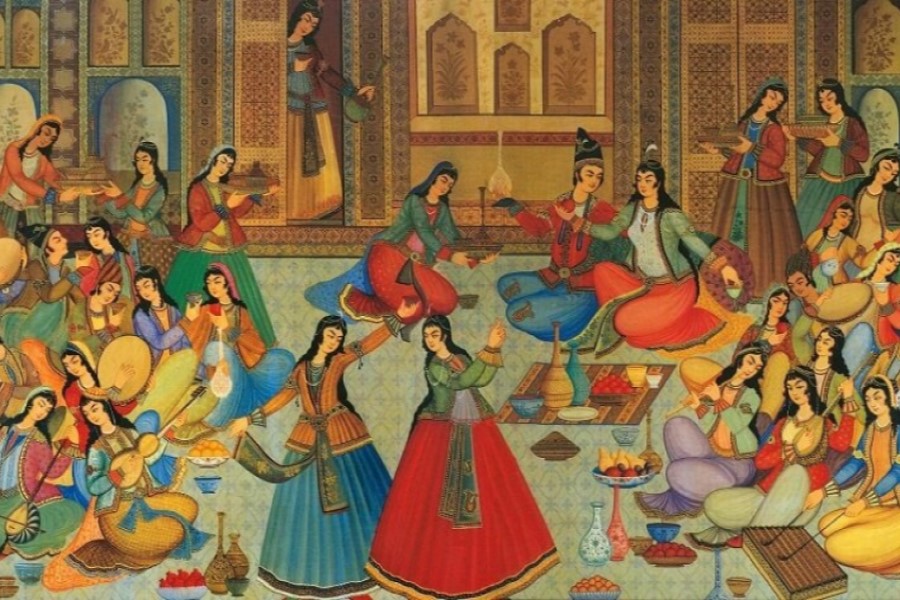
Nowruz – or “new day” in English – is the Iranian new year. Celebrated at the exact moment of the spring equinox, this is a secular festival with roots that go back over 3,000 years. It was shaped by people of the Zoroastrian faith, believed to be the world’s oldest religion.
2- How should prepare for Nowruz?
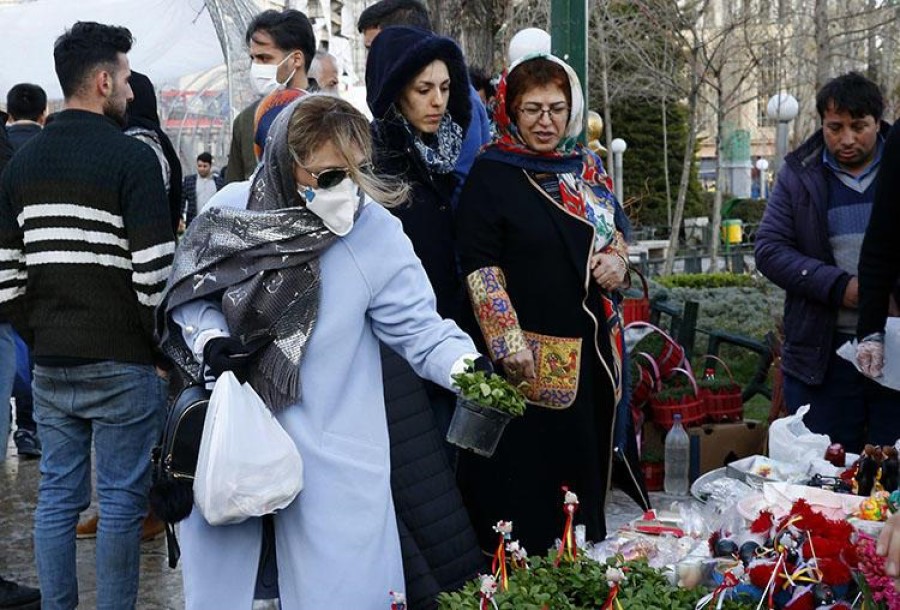
Every year, millions celebrate Persian New Year, or Nowruz (prounced “no-rooz”). In Iran, the new year begins with the advent of spring, and most everyone in the country observes it by doing a deep clean of their homes, shopping for clothes, fruits and sweets, celebrating a season of new life, and wishing for good luck in the year ahead.
Read also: 9 Top Iran Festivals | Soak up in the Iran Culture
3- Which countries celebrate Nowruz?

It is celebrated with more than 300 million people mainly in Iran and many other countries along the Silk Roads, Afghanistan, Azerbaijan, Albania, the Former Yugoslav Republic of Macedonia, India, Kazakhstan, Kyrgyzstan, Tajikistan, Turkey and Turkmenistan.
Read also: Tips You Wish to Know about Iran Culture
4- What is Persian Calendar?
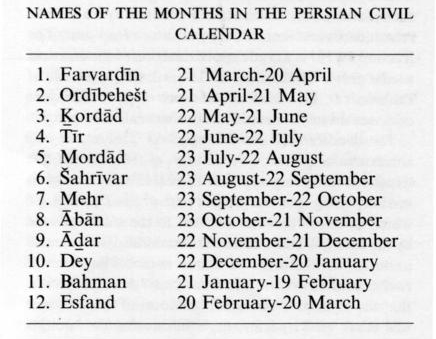
Nowruz is on the 1st day of Farvardin – the first month of the Persian calendar – usually on March 20th or 21st. The Persian calendar, known as the Solar Hirji calendar, is the official calendar for Iran. January 1st, 2022 fall into the year 1400 in the Persian calendar. Worth mentioning that the Persian calendar is one of the world’s most accurate calendar systems.
5- What Iranians do during the new year holidays?
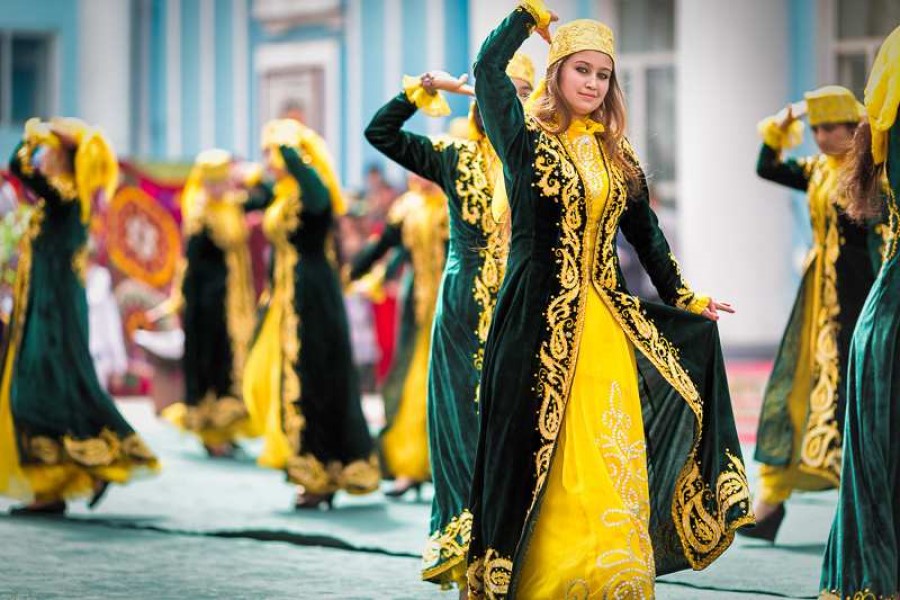
Once the day of Nowruz arrives, it kicks off a 13-day celebration of dinners, family visits, and reflections on the year ahead. An inseparable part of the Iranian new year holiday is setting the “haft-seen,” or a collection of seven items that symbolize a different hope for the new year.
6- Haft Seen

Haft Seen meaning Seven “S” and that is actually seven things that are always included in “Haft-Seen”, and all of them start with the “S” alphabet. though goldfish, mirror, poetry book accompany them:
- Sabzeh: Some kind of sprout or grass that will continue to grow in the weeks leading up to the holiday, for rebirth and renewal
- Senjed: Dried fruit, ideally a sweet fruit from a lotus tree, for love
- Sib: Apples, for beauty and health
- Seer: Garlic, for medicine and taking care of oneself
- Samanu: A sweet pudding, for wealth and fertility
- Serkeh: Vinegar, for the patience and wisdom that comes with aging
- Sumac: A Persian spice made from crushed sour red berries, for the sunrise of a new day
7- Fire Festival

The last Tuesday before Norwuz is known as shab-e chahar shanbeh suri (a loose translation from Persian into phonetic English), or “Eve of Red Wednesday.” The day involves building public bonfires, jumping over them, and repeating a single phrase: “Zardi-ye man az toh, sorkhi-ye toh az man!” This roughly translates to, “Give me your beautiful red color, and take back my sickly pallor!”
8- Children love Nowruz
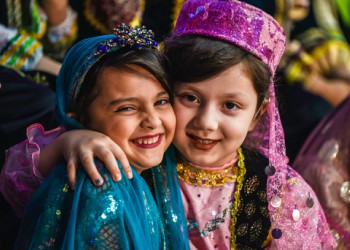
Children and elders make out especially well during Nowruz. children will receive monetary gifts in the form of fresh banknotes from their parents and other adult family members — again, in keeping with the overarching theme of getting a fresh start.
This gift is commonly known in Iran as “Eidi”, meaning the gift that is given to family younger members on eid or eve.
9- Iranian Santa Claus
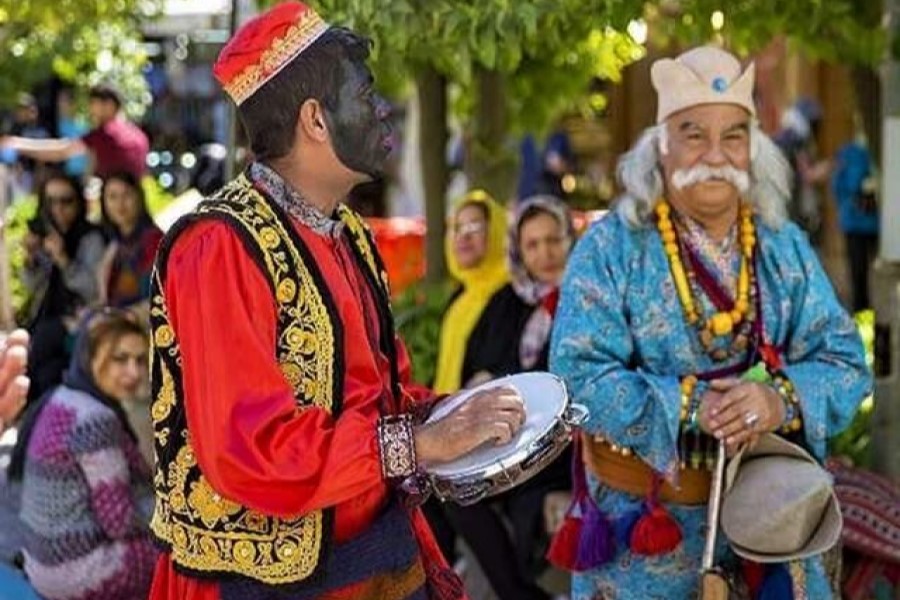
Iranians also have their version of Santa Claus — Amoo Nowruz, or Uncle Nowruz — and a small, cheerful jester who works for him. Haji Firooz, the second figure, pops up during the Persian New Year to bring good wishes. He is depicted with blackface.
10- Last day of new year holidays
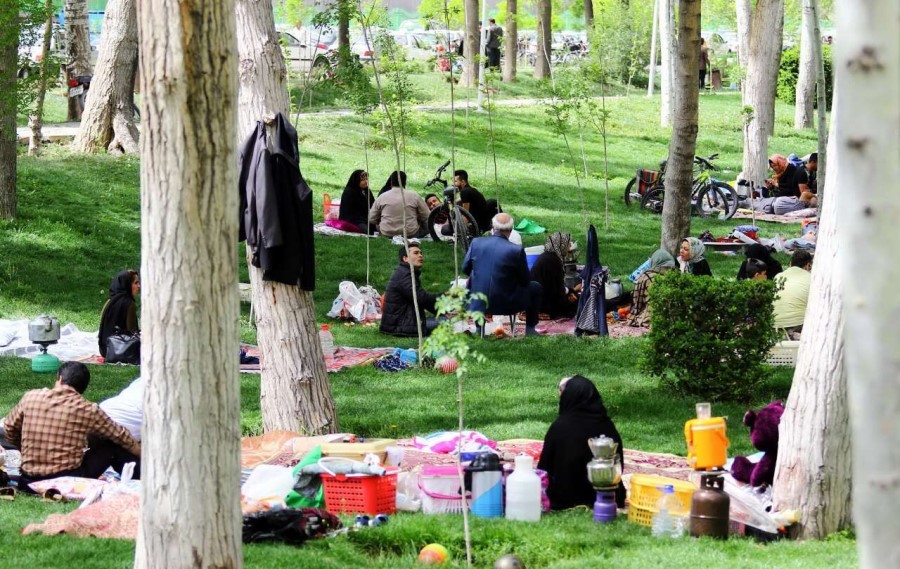
On the 13th day, The last day of Nowruz holidays is called Nature day in Iran, also known as “Sizdah Bedar”. people will get out to nature and camping areas to spend the whole day in nature to make the most of holidays and get prepared for a new working year. Another Persian tradition in Sizeh Bedar is that young ladies; tying-up the green sprouts to bring them luck in their search for a wealthy man with deep resources.

